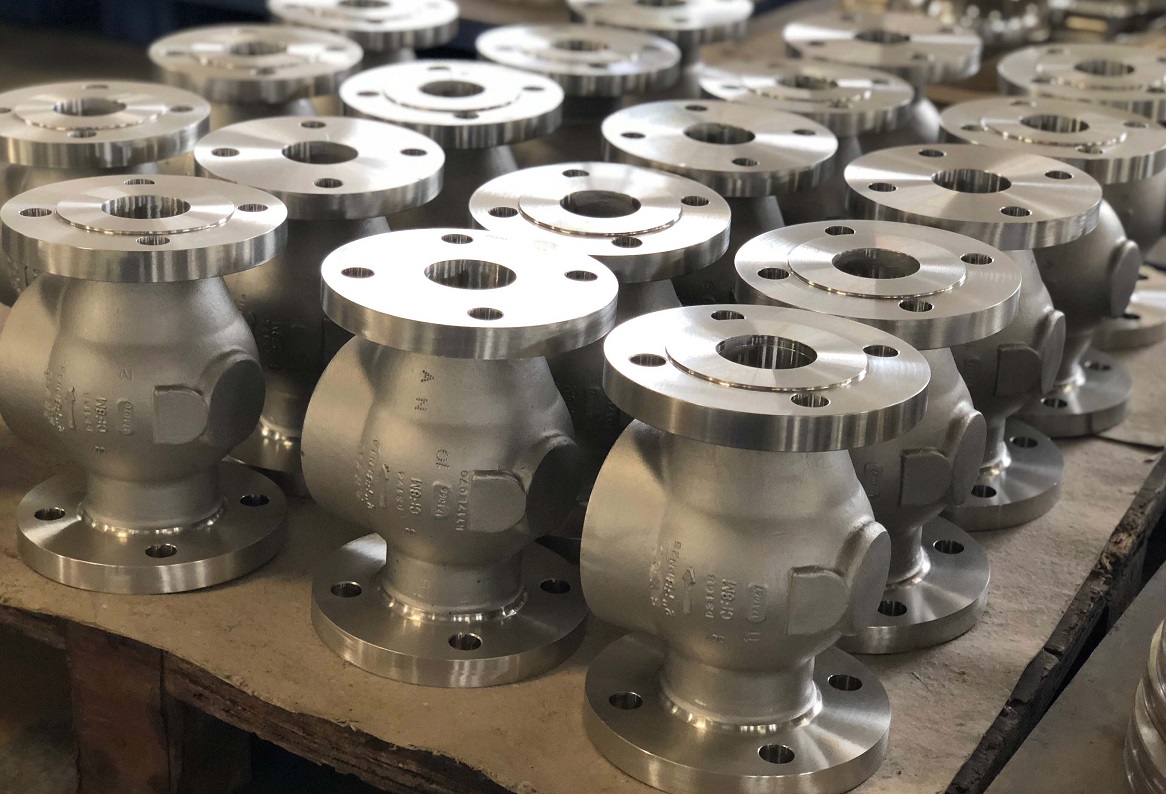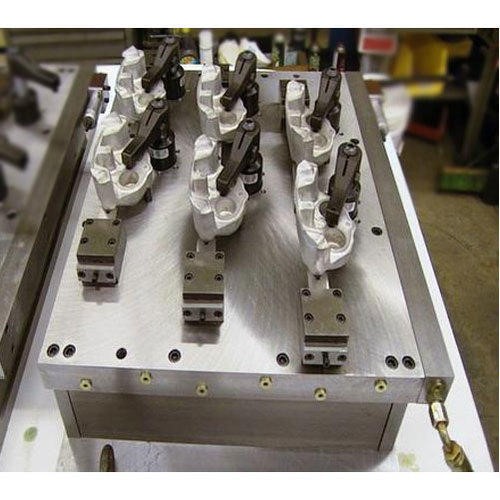Understanding the Basics of Steel Casting in Automotive Industry: A Comprehensive Guide
For automotive industry professionals, understanding the basics of steel casting is essential for successful product manufacturing. The process of steel casting involves forming a molten metal into an intricate shape or design with minimal scrap material. This can be done through various methods such as sand casting, die-casting, and investment casting.
In this comprehensive guide, we will explore all aspects of steel casting in the automotive industry from its advantages to choosing the right method for specific applications. With this information at hand, you’ll have a better understanding of how to maximize efficiency and cost-effectiveness when it comes to production requirements.
Advantages of Steel Casting

When it comes to the automotive industry, steel casting is an important manufacturing process and has many advantages. Steel castings are strong, durable, and resistant to corrosion and impact damage as well as high temperatures. They can be produced in intricate shapes with thin walls that would otherwise require welding or other complex processes.
The cost of production is also relatively low when compared to machining or forging and they don’t require any secondary operations such as finishing or heat treatment after casting. Furthermore, steel castings have excellent repeatability which means parts can remain identical even if they are made at different times while maintaining a consistent quality level across all batches.
Lastly, due to their composition and strength-to-weight ratio, steel castings offer superior performance characteristics for demanding applications in the automotive industry.
Types of Steel Used in Automotive Applications

The automotive industry relies heavily on steel casting for a variety of applications. Steel is an incredibly versatile material, and it can be cast into many shapes depending on the need. In this comprehensive guide, we will look at the various types of steel used in automotive applications and what they are best suited for.
High-strength low-alloy (HSLA) steels have become increasingly popular in recent years due to their strength and cost-effectiveness. These steels are often used in structural supports and body panels as they provide excellent tensile strength while remaining lightweight enough to reduce the weight load on vehicles.
HSLA steels also possess good corrosion resistance properties, making them ideal for components exposed to frequent water or salt spray exposure such as wheel wells or bumpers. Carbon steel is another type of steel commonly used in automotive applications due to its excellent weldability characteristics and high fatigue strength over several heat treatments.
Carbon steels typically feature higher levels of chromium which helps increase hardness while reducing wear over time.
The most common carbon steel alloy found in automobiles is 1045 grade, but other grades may be used depending upon the application needs such as 1050 or 1541 alloys when increased ductility is desired instead of hardness properties.
Stainless Steel has long been a preferred choice among automakers thanks to its superior corrosion resistance capabilities compared to other metals including carbon-based ones like aluminum or magnesium alloys which tend to corrode quickly when exposed to external elements like oxygen or water vapor present in air moisture content.
Stainless Steels come in several different grades each with varying degrees of corrosion protection; from general purpose 304-grade stainless steel up through super austenitic 904L grade stainless steels designed specifically for extreme environments where maximum chemical resistance is needed such as marine vessels operating near sea coasts with high salinity levels.
Quality Control Practices for Ensuring High Standards of Production

Quality control (QC) is an essential component of steel casting in the automotive industry, as it helps to ensure that products are produced with reliable and consistent quality. QC practices involve a series of checks and tests throughout each stage of production to identify any potential flaws or defects.
Quality inspectors use various tools such as visual inspection, dimensional measurement, hardness testing, chemical analysis, and X-ray imaging to assess the suitability of components for their intended application. Companies may also employ additional measures including statistical process control (SPC), root cause analysis (RCA), and failure mode effect analysis (FMEA).
By regularly monitoring the manufacturing process for defects and taking corrective action where necessary, companies can reduce waste materials while improving overall product quality.
